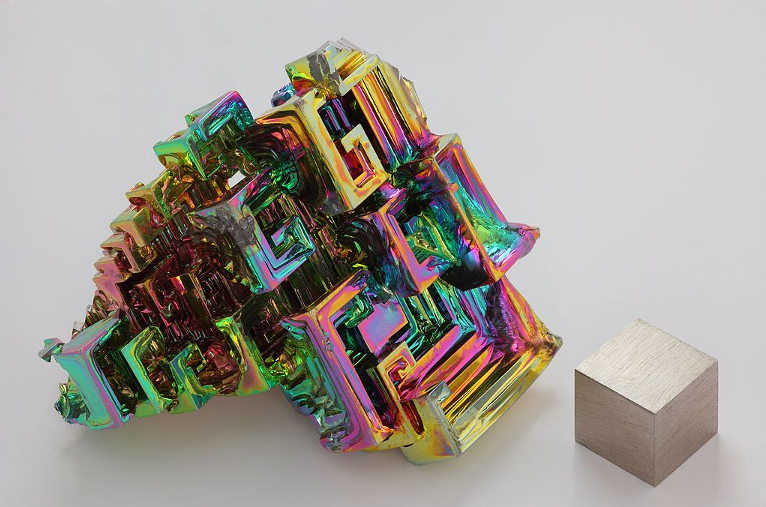In 2009 I had an email exchange with a reader in the computer industry in which he contended that the supply of two key metals in the electronics and solar energy industries, gallium and indium, just couldn’t be as precarious as I was claiming.
I bring this up because the European Commission put out a white paper earlier this year about the need for a plan to secure adequate supplies of critical metals including gallium and indium. This concern arises, in part, because these metals and several others are central in the manufacture of ubiquitous devices such as cellphones and renewable energy equipment such as solar cells.
In 2009 my reader made the following case which I summarized in a piece I wrote at the time:
He insists that indium simply can’t be that scarce because—get this—there is indium in billions of electronic devices including cellphones and computer screens, in fact, in nearly everything that has a flat-screen display associated with it.
This is curious logic. It says that because we are using a resource ubiquitously and at an exponentially increasing rate, it must be plentiful…
I realized later that what this computer professional actually meant was that the corporate and government planners charged with thinking about resource supply issues couldn’t possibly have made a colossal blunder which would lead to a catastrophic shortage of key metals in the electronics industry. He presumed, I think, that such an outcome was simply out of the question given the competence and intelligence of the people in his industry.
Now we are 11 years on and the alarm bells are going off. I’m NOT predicting that we will anytime soon run out of indium or gallium or niobium, tantalum, germanium, scandium and the many other key metals that are now on the critical list drawn up by the Europeans. But as longtime readers know, we don’t have to run out of something in order for it to become scarce and prohibitively expensive. We only need to see a situation where supply plateaus or even starts to decline for prices to shoot up far beyond what manufacturers can afford and still make a profit.
Granted, the amounts of critical metals in some applications are small and so won’t make an impact on the overall price. Still, other applications will be squeezed out to make room for high-value applications. But, where the impact is greater on overall price, companies can get in a bind. Sometimes they can find substitutes as the auto industry did in the early part of this century when the price of platinum for use as a catalyst in catalytic convertors shot up and the industry switched to lower-priced palladium for the same purpose. The conversion took years and now the industry is a victim of its own strategy as palladium prices have soared. Switching back won’t necessarily be easy or risk-free as the switch will in all likelihood cause platinum prices to soar. This is almost certainly a sign that long-term supply problems are starting to matter.
As a result of the misinformed thinking of many economists who know nothing about the geological realities of planet Earth and the difficulties of shifting complex supply chains, we’ve been led to believe that we will always find substitutes precisely when we need them in quantities we require at prices we can afford. This dangerous assumption has been built into practically every supply chain for the critical materials our complex society relies on.
I have discussed previously why this lazy and incoherent thinking has been found wanting in the helium market. One of the things I pointed out was that helium is an element; it is extremely rare on Earth, and there can be no substitute made up of cheaper, more abundant elements. Indium is an element. Gallium is an element. So, are palladium and platinum. In fact, most of the materials listed in the European Commission report are elements.
That doesn’t mean that we cannot find substitutes or that we cannot invent other technologies that don’t require them. However, on at least one front we are in a race with nature. Climate change isn’t going to wait for us to find substitutes for critical materials for technologies needed to decarbonize the world economy without shrinking it (something which I believe will not be possible, in any case).
In general, there are many processes upon which we are now dependent—the production of electricity comes to mind—which cannot fail without causing a cascading failure across the globe. Three days without electricity would be a disaster. Three weeks worldwide would be a catastrophe. Three months would probably spell the end of modern civilization.
There are many more such critical processes that remain hidden to us until they don’t work. We’ve gotten a compelling demonstration of that fact as the COVID-19 pandemic continues to roil world society. But everything that has happened so far could be just be a minor blip compared to the discontinuities caused by declining supplies of the many critical materials now on the European Commission’s endangered list.
Photo: “The chemical element bismuth as a synthetic made crystal. The iridescent surface is a very thin layer of oxidation. Beside it is a high purity (99.99 %) 1 cm3 bismuth cube for comparison.” Creator: Alchemist-hp (talk) (www.pse-mendelejew.de). Via Wikimedia Commons https://commons.wikimedia.org/wiki/File:Wismut_Kristall_und_1cm3_Wuerfel.jpg






